Squint in Babies
Children with a squint have eyes that seem to look in different directions. Squints needs treatment, so start by taking your child to a optometrist.
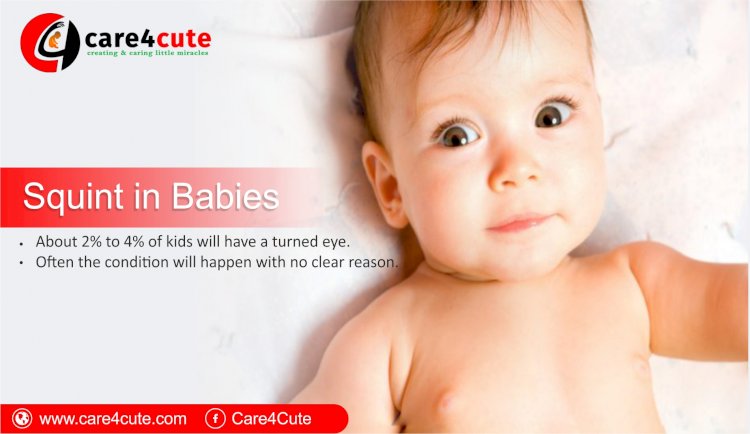
Turned eyes (squint)
At the point when the two eyes are arranged, the cerebrum can consolidate the two pictures into a solitary, three-dimensional picture which enables us to see the situation of articles in connection to one another (profundity observation). At the point when the eyes look in changing ways, the mind needs to overlook one eye to have the option to see obviously. At the point when a kid has a squint, the eyes don't look a similar way a portion of the time, or constantly.
What is a turned eye (squint)?
• A turned eye is the point at which one eye does not look a similar way as the other. One eye may turn in towards the nose (crossed eyes) or outwards towards the ears (divider eyes), or up or down.
• This is otherwise called a squint.
• The therapeutic name for this is strabismus.
Normal development
• In an initial couple of weeks, an infant's eyes frequently cross or meander in various headings a portion of the time.
• By the age of 3 months, the eyes ought to be arranged so the two of them take a gander at a similar article.
• If a youthful infant's eyes are turned in or out more often than not, or if a child more than 3 months old has turned eyes, the infant needs his eyes checked.
• Some infants and small kids have turned eyes a portion of the time (all the more frequently when they are worn out or unwell). These children ought to likewise have their eyes checked.
When does it happen?
• About 2% to 4% of kids will have a turned eye.
• About half of these kids will have a diverted eye from birth, and about half create it at a later age, some of the time since one eye sees more obviously than the other, or in view of damage to the eye or a few (genuinely uncommon) sicknesses.
Who is most in danger?
• Children are bound to have a turned eye if there are other individuals in their family who additionally have a turned eye (there are some hereditary components).
• Often the condition will happen with no clear reason.
The problem faced by older children may:
• close or spread one eye to attempt to see all the more plainly
• tilt or turn their head
• have trouble making a decision about separations
• not be very much planned
• have migraines or tired eyes
• have trouble in perusing
• blink a great deal
• have a poor fixation.
Who can help?
On the off chance that you feel that your tyke has a turned eye, see your PCP, as your youngster may be alluded to an ophthalmologist (master eye specialist)
Treatment
Squint does not leave as a youngster gets more seasoned, and it won't beat that in the event that it isn't dealt with.
Treatment means to:
• preserve vision (keep the two eyes functioning admirably)
• make the eyes cooperate
• straighten the eyes.
Treatment may include
• Glasses (this might be sufficient, with the goal that each eye can see unmistakably)
• patching one eye (the great eye is fixed so the cerebrum takes more notice of the picture from the other eye)
• the eye works out (to get the eyes cooperating better)
• surgical amendment (working on a portion of the muscles that control eye development). More up to date procedures utilizing Botulinum poison (botox) infusions into muscles around the eye can likewise be powerful.
If left untreated, a squint may lead to permanent loss of vision in one eye.

 Dr. Preeti Mittal
Dr. Preeti Mittal 























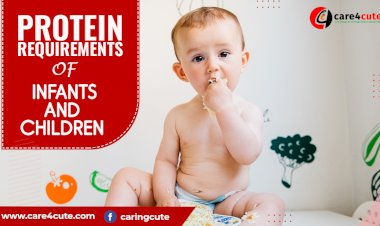



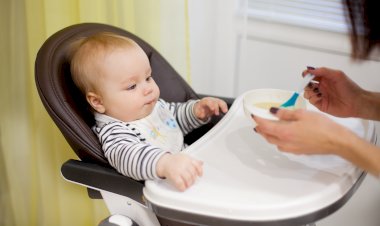




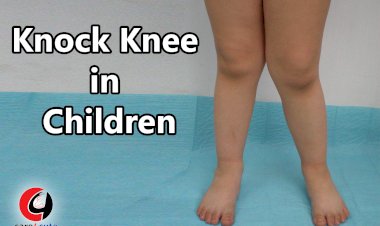

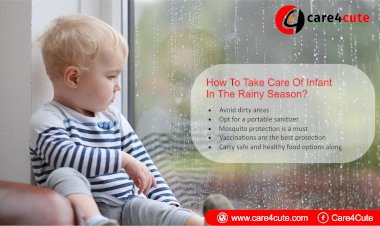
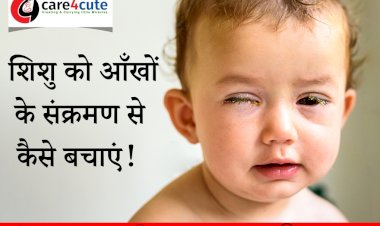

Comments (0)